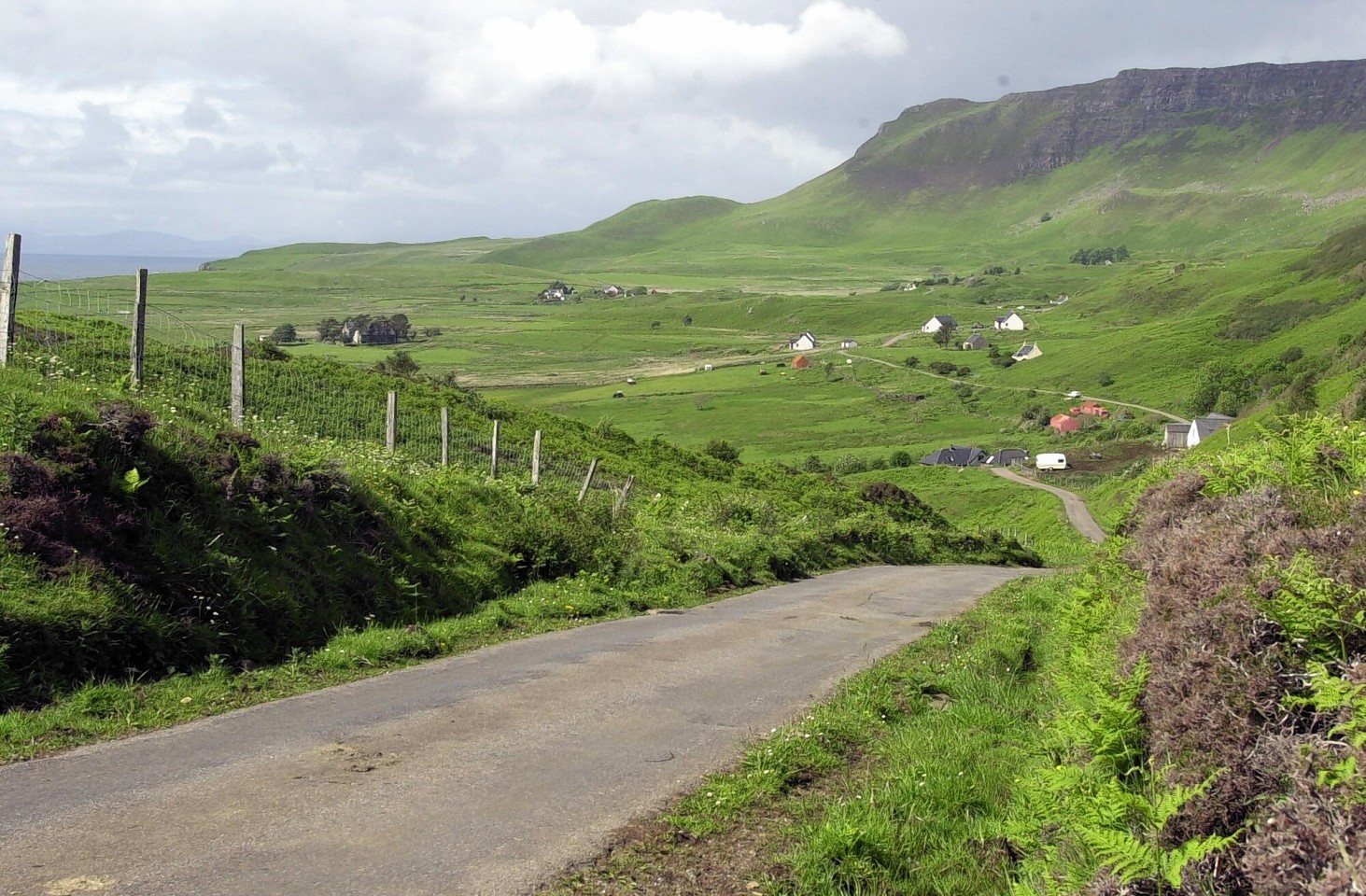The number of people involved in crofting is on the rise, with the sector contributing nearly £86million to the economy last year, claims a Scottish Government report.
The report – Economic Condition of Crofting 2011-2014 – found that more than 150 new crofts were created in the past four years.
Newly appointed crofting minister Aileen McLeod said: “The picture overall is positive, with the number of active crofts rising, and crofting making a significant contribution to the Scottish economy. I want these positive trends to continue.
“With crofters more reliant on Common Agricultural Policy (Cap) payments than other producers it is clearly crucial that we get the balance of support right.”
She said the government’s Cap implementation plans would result in a 65% increase in direct funding to crofters from around £20million in 2013 to £33million in 2019.
“It is encouraging to see signs that the Crofting Reform (Scotland) Act 2010 is beginning to make a positive difference and, although it is too early to conclude with any certainty its full impact, I look forward to seeing in future years further improvements on issues such as occupancy and the use of, and speculation on, croft land,” added Ms McLeod.
“Of course, the big challenge for crofting that is highlighted in this report is the need to attract more new entrants and young people. It is vital that everyone with an interest in crofting works together to achieve this, to safeguard the future of crofting and ensure it thrives in the years to come.”
Meanwhile, a crofter from the Isle of Skye has been named the new chair of the Scottish Crofting Federation (SCF).
Fiona Mandeville, who previously helped run the Scottish Crofters Union and currently edits the SCF members’ magazine The Crofter, replaces Derek Flyn as chair of the organisation.
“Every year throws more challenges at crofters, and now we are facing the start of a new phase of the Common Agricultural Policy and the Scottish Rural Development Programme,” said Ms Mandeville, who was brought up on a family croft at Waterloo on the shores of Broadford Bay.
“These support schemes have great impact for crofters and we must ensure that our members are treated fairly and that we invest in crofting’s vital to the environmental and rural communities.”
Commenting on the land reform debate, Ms Mandeville said crofting demonstrated an “appropriate system of land tenure” which should be rolled out across Scotland.
She said she hoped to see significant improvements to crofting legislation during her term of office.
“We have identified several issues that we want dealt with as soon as possible, not least the imposition of compulsory advertising on crofters who have registered their crofts,” added Ms Mandeville.
“Taking a very rough estimate, we can see at least £1.8million being taken out of crofters’ pockets for no tangible benefit. That is not acceptable.”
